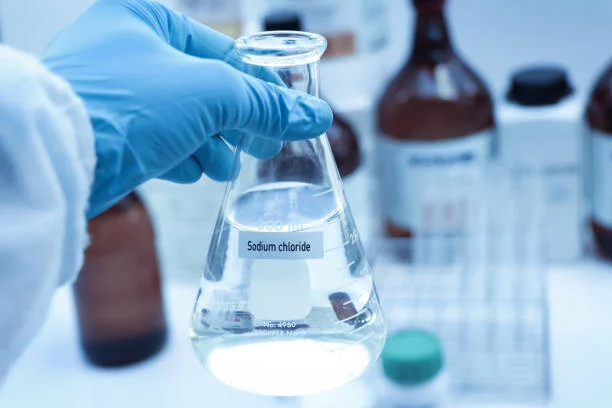
Introduction
Sodium cyanide (NaCN), a highly toxic yet industrially important compound, is widely used in various sectors such as Gold mining and electroplating. The accurate control of its concentration ratio during application is crucial for ensuring both process efficiency and safety. This article delves into the Concentration ratios of Sodium cyanide in different usage scenarios.
Concentration Ratios in Gold Mining
Cyanidation Leaching Process
1.In Stirred Tank Leaching
In the stirred tank leaching method for gold extraction, the typical concentration of Sodium Cyanide in the leaching solution is in the range of 0.01% - 0.1% (w/v). For example, in many large - scale gold mines, when dealing with ores of average gold content and suitable mineralogical characteristics, a sodium cyanide concentration of around 0.05% is often used. This concentration is sufficient to dissolve gold by forming soluble gold - cyanide complexes through a chemical reaction involving gold, sodium cyanide, oxygen, and water.
The concentration needs to be carefully maintained within this range. If the concentration is too low, the leaching rate of gold will be significantly reduced, leading to longer leaching times and lower gold recovery rates. On the other hand, if the concentration is too high, it not only increases costs but also poses greater environmental and safety risks.
2.In Heap Leaching
Heap leaching is another common method in gold mining, especially for low - grade ores. The concentration of sodium cyanide used in heap leaching is generally lower than that in stirred tank leaching, usually in the range of 0.005% - 0.03% (w/v). Since the contact between the ore and the leaching solution in heap leaching is relatively looser compared to stirred tank leaching, a lower concentration is sufficient to initiate the Leaching process. For instance, in some open - pit gold mines where the ore grade is around 1 - 3 g/t, a sodium cyanide concentration of about 0.01% may be applied.
However, factors such as the permeability of the ore heap, the presence of other minerals that may consume cyanide (such as copper - bearing minerals), and the climate conditions can affect the optimal concentration. In regions with high rainfall, the leaching solution may be diluted, requiring appropriate adjustment of the sodium cyanide concentration.
Concentration Ratios in Electroplating
1.In Copper Cyanide Plating
In copper cyanide electroplating baths, sodium cyanide serves as a complexing agent. The concentration of sodium cyanide in such baths typically ranges from 15 - 60 g/L. For example, in a standard copper cyanide electroplating process for decorative purposes, the sodium cyanide concentration may be around 30 g/L. This concentration helps to form stable copper - cyanide complexes, which are essential for the uniform deposition of copper on the substrate. The copper - cyanide complex dissociates at the cathode, allowing copper ions to be reduced and deposited.
If the sodium cyanide concentration is too low, the stability of the copper - cyanide complex is reduced, leading to uneven deposition and poor - quality coatings. Conversely, if the concentration is too high, it may cause excessive complexation, resulting in a slower deposition rate and potential problems with the adhesion of the coating.
2.In Gold Electroplating
In gold electroplating, sodium cyanide is also used to complex gold ions. The concentration of sodium cyanide in gold electroplating baths can vary widely depending on the specific process requirements. For thin - film gold electroplating, the sodium cyanide concentration may be in the range of 5 - 20 g/L. In some cases where a thicker gold deposit is required, the concentration may be adjusted upwards, but generally not exceeding 50 g/L.
The concentration of sodium cyanide in gold electroplating affects the deposition rate, the purity of the gold deposit, and the appearance of the plated layer. A proper balance is needed to achieve the desired electroplating results, such as a bright, smooth, and adherent gold coating.
Factors Affecting Concentration Ratios
1.Nature of the Ore or Substrate
In gold mining, the composition of the ore plays a significant role in determining the sodium cyanide concentration. Ores with high - content of copper, zinc, or other base metals may consume cyanide during the leaching process. For example, copper can react with cyanide to form copper - cyanide complexes, thus reducing the amount of free cyanide available for gold dissolution. In such cases, a higher initial concentration of sodium cyanide may be required to ensure sufficient cyanide for gold extraction.
In electroplating, the type of substrate also affects the sodium cyanide concentration. Different metals have different surface chemistries, and some substrates may require a specific concentration of the cyanide - containing bath to achieve good adhesion and plating quality. For example, when plating on certain alloys, a higher concentration of sodium cyanide may be needed to promote the formation of a stable bond between the plating layer and the substrate.
2.Process Conditions
Temperature and pH are important process conditions that influence the concentration ratios. In the cyanidation leaching of gold, a slightly alkaline pH (usually around 9 - 11) is maintained to prevent the formation of toxic hydrogen cyanide gas (HCN). The pH can affect the dissociation of sodium cyanide and the stability of the metal - cyanide complexes. Higher temperatures can increase the reaction rate in both gold leaching and electroplating, but may also lead to increased cyanide consumption. In some cases, elevated temperatures may require a reduction in the initial sodium cyanide concentration to avoid over - complexation or excessive reaction rates.
The presence of oxygen also affects the concentration ratios, especially in gold leaching. Oxygen is required for the oxidation of gold to form soluble gold - cyanide complexes. The concentration of dissolved oxygen in the leaching solution needs to be in an appropriate ratio with the sodium cyanide concentration. Inadequate oxygen supply can limit the leaching rate, while an excess of oxygen may cause the oxidation of cyanide to less - effective species.
Safety Considerations Regarding Concentration
1.Toxicity Risks
Sodium cyanide is extremely toxic, and even small changes in concentration can have significant implications for safety. Higher concentrations of sodium cyanide in the working environment increase the risk of exposure to toxic hydrogen cyanide gas, which can be released when sodium cyanide reacts with acids or under certain pH conditions. Workers must be equipped with appropriate personal protective equipment, including gas - tight suits, respirators, and gloves, when handling solutions with any concentration of sodium cyanide.
In the case of accidental spills or leaks, the concentration of sodium cyanide in the spilled solution determines the extent of the potential hazard. Emergency response plans should be in place, and the appropriate neutralization or containment measures need to be taken immediately. For example, in the event of a spill of a high - concentration sodium cyanide solution, a large amount of a neutralizing agent (such as a strong base to adjust the pH and prevent the formation of HCN) may be required.
2.Environmental Impact
The concentration of sodium cyanide in wastewater discharged from industrial processes is strictly regulated. High - concentration sodium cyanide in wastewater can be extremely harmful to aquatic life and the environment. Proper treatment methods, such as chemical oxidation (using methods like the alkaline chlorination process) to convert cyanide to less - toxic forms, are necessary. The efficiency of these treatment methods can be affected by the initial concentration of sodium cyanide in the wastewater. Higher - concentration wastewater may require more treatment steps or larger amounts of treatment chemicals to meet the environmental discharge standards.
Conclusion
The concentration ratios of sodium cyanide in its applications, particularly in gold mining and electroplating, are carefully determined based on multiple factors. These factors include the nature of the materials being processed, process conditions, and safety and environmental considerations. Precise control of the sodium cyanide concentration is essential for achieving optimal process performance, ensuring worker safety, and minimizing environmental impact. Industries that use sodium cyanide must continuously monitor and adjust the concentration ratios to meet the requirements of different processes and comply with safety and environmental regulations.
- Random Content
- Hot content
- Hot review content
- Flexible Customer and Supplier Relations Specialist (Location: Nigeria)
- Oxalic acid for mining 99.6%
- Sodium Sulfide Industry Grade 60% 30ppm/150ppm Yellow/ Red Flakes Na2s
- Sodium Metal, ≥99.7%
- Sodium Peroxide
- Fertilizer magnesium sulfate/magnesium sulfate monohydrate
- Sodium Metasilicate Pentahydrate
- 1Discounted Sodium Cyanide (CAS: 143-33-9) for Mining - High Quality & Competitive Pricing
- 2China's New Regulations on Sodium Cyanide Exports and Guidance for International Buyers
- 3Sodium Cyanide 98% CAS 143-33-9 gold dressing agent Essential for Mining and Chemical Industries
- 4International Cyanide(Sodium cyanide) Management Code - Gold Mine Acceptance Standards
- 5China factory Sulfuric Acid 98%
- 6Anhydrous Oxalic acid 99.6% Industrial Grade
- 7Oxalic acid for mining 99.6%
- 1Sodium Cyanide 98% CAS 143-33-9 gold dressing agent Essential for Mining and Chemical Industries
- 2High Quality 99% Purity of Cyanuric chloride ISO 9001:2005 REACH Verified Producer
- 3Zinc chloride ZnCl2 for High Molecular Weight Polymers Initiator
- 4High Purity · Stable Performance · Higher Recovery — sodium cyanide for modern gold leaching
- 5High Quality Sodium Ferrocyanide / Sodium Hexacyanoferr
- 6Gold Ore Dressing Agent Safe Gold Extracting Agent Replace Sodium Cyanide
- 7Sodium Cyanide 98%+ CAS 143-33-9

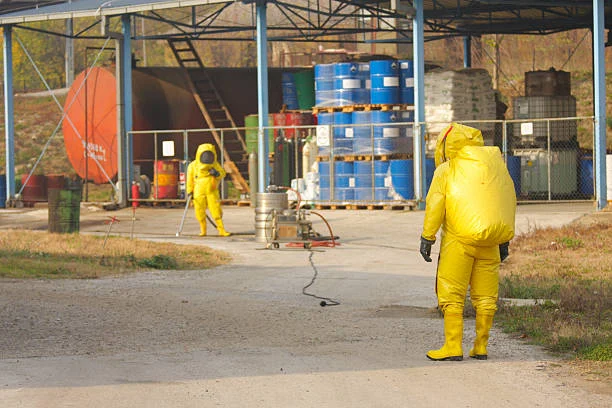
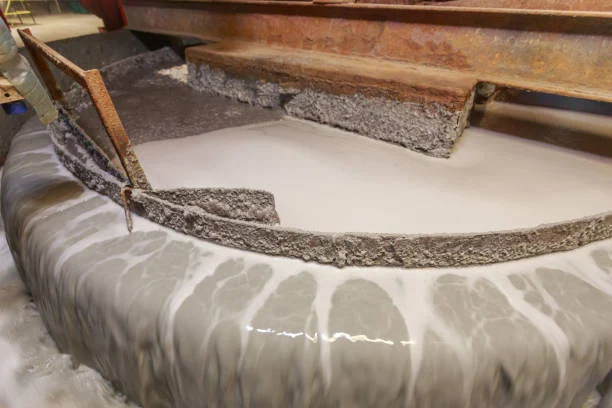
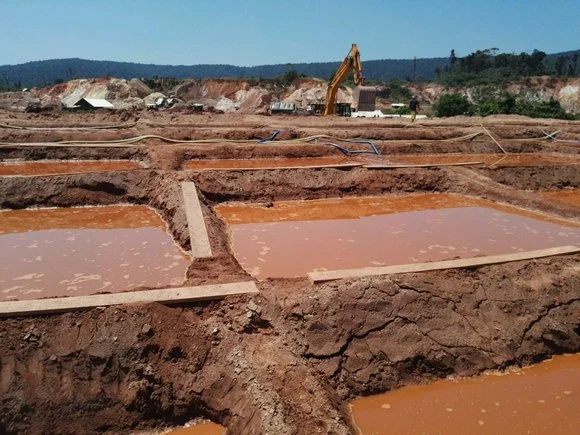
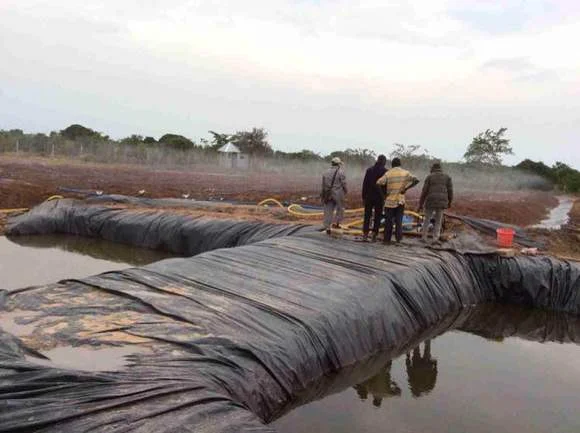

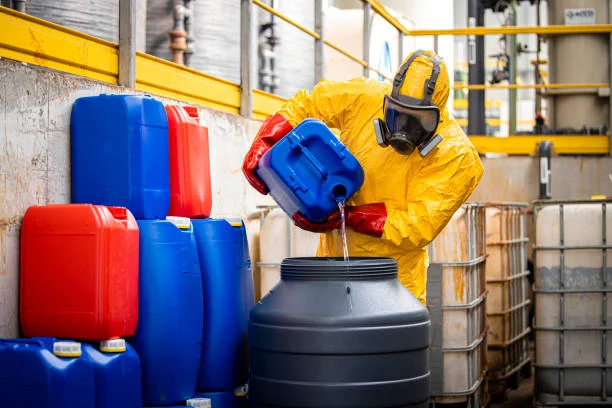
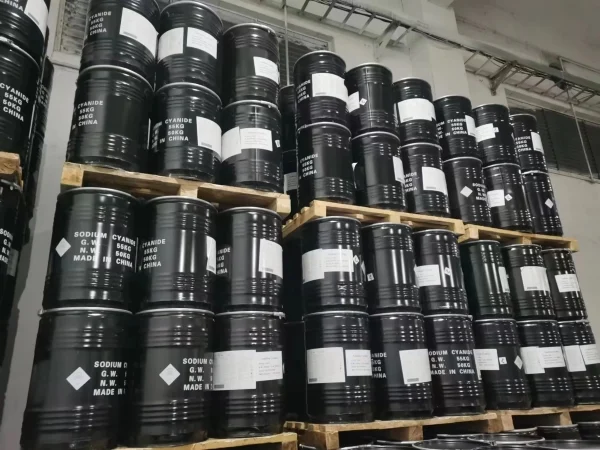




Online message consultation
Add comment: